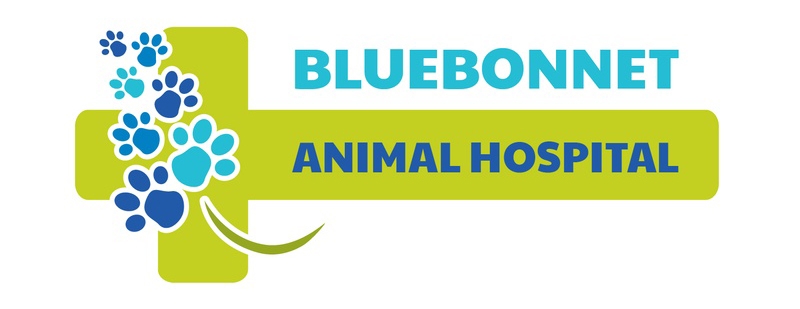Knowing When to Seek Immediate Veterinary Care for a Limping Pet
Typically, if your pet is limping, it can wait until the next day for a regular veterinary visit. However, there are certain circumstances when you should immediately take your pet to the nearest emergency veterinary hospital.
Signs of lameness in pets that require urgent care:
1. Dragging a limb
2. Not putting weight on a limb
3. Extreme lethargy
4. Uncontrollable bleeding
5. Excessive swelling
6. Excessive vocalization
7. Sudden worsening of a limp
If your pet has a minor limp but also exhibits concerning symptoms such as vomiting or diarrhea, they may need emergency treatment for the underlying issue rather than just the limp.
Causes of lameness in pets that require immediate care:
Pets can become lame due to various reasons, and some require immediate attention. While a muscle sprain or strain is a cause for concern, rushing to the emergency hospital may not be necessary. However, there are specific conditions that demand urgent care, including:
1. A fractured limb
2. Paresis or paralysis of one or more limbs
3. A deep or large wound that won’t stop bleeding
4. Bites from venomous insects or snakes
5. Involvement in a car accident
6. Injuries from a dog fight
Even if these situations may not initially seem severe, there could be underlying internal issues that require treatment. For instance, a pet hit by a car with only minor scrapes on their legs and a slight limp may need intensive hospitalization upon thorough examination, as there could be damage to their liver, spleen, kidneys, or bladder.
Another common scenario that necessitates emergency care is when a pet is bitten by another animal. Although puncture wounds may appear small, they can quickly become infected. Furthermore, a pet that aggressively shakes your pet can cause significant damage to underlying tissues, which can rapidly escalate into a serious problem.
Determining whether your three-legged pet requires immediate care can be challenging. Therefore, we encourage you to contact our team to discuss your pet’s condition, and we will provide guidance on whether emergency treatment is necessary.

